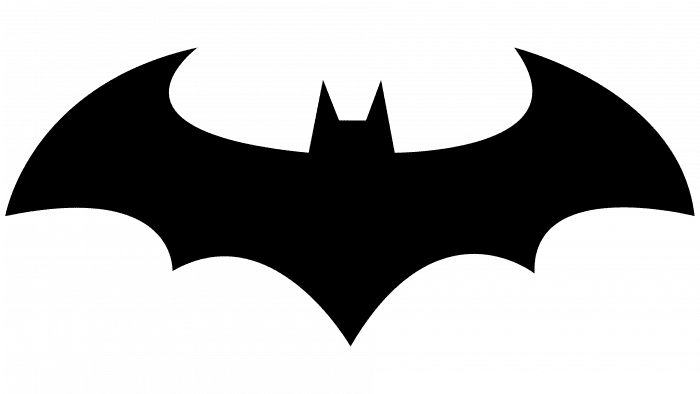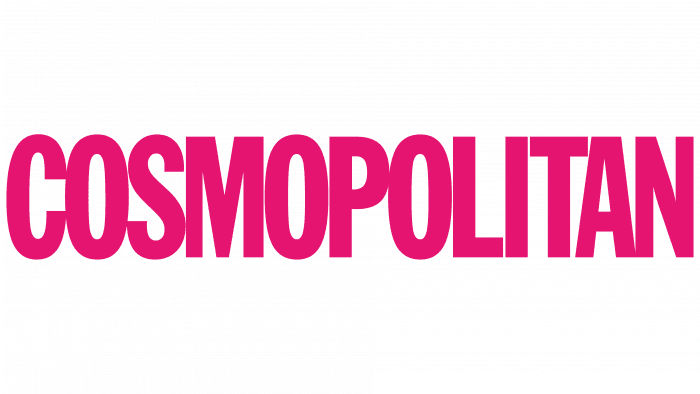The style in which the Rolling Stone logo is executed speaks of love for the project, its magnitude, and its immense significance. All elements create such an impression, as they adorn the cover every month, under which readers find a lot of interesting content. That’s why the leadership maintains the appealing look of the emblem so that the outer design corresponds to the inner content of the magazine.
Rolling Stone: Brand overview
| Founded: | November 9, 1967 |
| Founder: | Jann Wenner, Ralph J. Gleason |
| Headquarters: | New York City, United States |
| Website: | rollingstone.com |
Meaning and History
Jann Wenner adored rock and roll and dreamed of it, so he decided to compensate for his love for it with his own music-themed magazine. He chose a significant title, using the English proverb “A Rolling Stone gathers no moss.” It elevated the print edition to a high level and served as the source for the song “Like A Rolling Stone” by Muddy Waters for Bob Dylan. The logo for the first issue was drawn by Rick Griffin, a popular artist and author of underground comics and psychedelic posters, whose works adorned all of San Francisco in the 60s.
It was a hand-drawn sketch in the art nouveau style, used as it was – without post-processing. Inner and outer shadows, many curls, smooth contours, and the effect of engraving characterized it. It set the beginning of a multi-year evolution of the visual identity of the glossy magazine, suggesting the path for subsequent emblems. A few years later, other well-known figures added their hand to it: John Pistilli, Jon Valk, and Jim Parkinson.
What is Rolling Stone?
Rolling Stone is a monthly magazine published in San Francisco, California, and owns its own website. It covers the world of music, politics, and culture. It was founded in 1967 by Jann Wenner (a former student of the University of California at Berkeley), who invited Ralph Gleason (a jazz critic from the San Francisco Chronicle) to collaborate. Together, they created a periodical that quickly gained popularity thanks to its detailed coverage of music events. The magazine now belongs to the Penske Media Corporation.
1967 – 1975
The Rolling Stone logo is text-based. It consists of a single inscription located on one line. This is how Rick Griffin – a graphic artist whose works massively decorated San Francisco in the 1960s – depicted it. The author created massive letters in the art deco style, decorated with a multitude of swirls. Wide glyphs are balanced and complemented by shadows, which are present on both the frontal and the inner parts. Due to their concentration, the phrase seems three-dimensional, and the smooth lines and smooth roundings create a sense of glamor. However, monochrome adds severity, which makes the text look gothic.
1975 – 1977
John Pistilli eliminated the impression of doom, which is why the logo now appears lively and life-affirming. The Gothic elements vanished. This was necessary to maintain the magazine’s image as its prestige was rapidly growing week by week. The publication was being distributed in vast quantities. With the increase in scale came advertising, which required a modern visual identity. The leader at the time selected a well-known inscription artist.
The master didn’t change the original traits of the logo, simply removing visual noise. He eliminated the shadows on the front of the letters but kept the ones on the right side. As a result, the text became clean and didn’t lose its three-dimensional format. The designer overlaid the glyphs with a light gray color and hatched the sides. Bright highlights were also added.
1977 – 1980
A new era required a new logo. The editorial board complied, as the popularity of the magazine depends even on the attractiveness of the cover. Jim Parkinson had a hand in the upgraded logo. The revamped design yielded another original font, which served as the basis for a whole family of typefaces. To preserve the emblem’s recognizability, the artist duplicated the shadow but reinterpreted the rest:
- removed large dots at the ends of letters;
- dispensed with complex curls;
- switched the letters to lowercase (except for “S” and “R”);
- added italics;
- reduced the volume of black color;
- connected the two parts of the name.
In other words, he made significant changes. However, this benefitted the magazine, which was preparing to release its anniversary issue at that time.
1981 – 2019
In this case, we see a combination of the debut and new designs. The blend proved successful, as even the large curls harmoniously fit into the updated style. The creators colored the glyphs red, and they made the gray into an outline. The black shadow added contrast to the letters.
2019 – 2022
The magazine management decided to focus on the digital format, as many media outlets had already moved online. They adjusted the logo to computer standards so the icon could clearly appear both in the app and on the website. As a result, a flat emblem appeared, without filigree, without an outline, and without shadows, but definitely in Rolling Stone’s signature style.
2022 – today
After working for some time with a two-dimensional logo, the editorial board wanted to infuse it with more tradition but retain its digital directness. The result of such a decision was an emblem with red letters, double outlining, and deep shadows.
Font and Colors
Two types of typefaces are used in Rolling Stone logos. The first is individual, hand-drawn, in the art-deco style. The second is called Royal Acidbath (inscription without outline) and Royal Acidbath Outline (letters with contour). The developer of this font is the Sharkshock studio. The brand’s palette is predominantly red. It is periodically accompanied by white, black, and two shades of gray.
Rolling Stone color codes
| Lust | Hex color: | #e60018 |
|---|---|---|
| RGB: | 230 0 24 | |
| CMYK: | 0 100 90 10 | |
| Pantone: | PMS Bright Red C |
| Black | Hex color: | #000000 |
|---|---|---|
| RGB: | 0 0 0 | |
| CMYK: | 0 0 0 100 | |
| Pantone: | PMS Process Black C |










